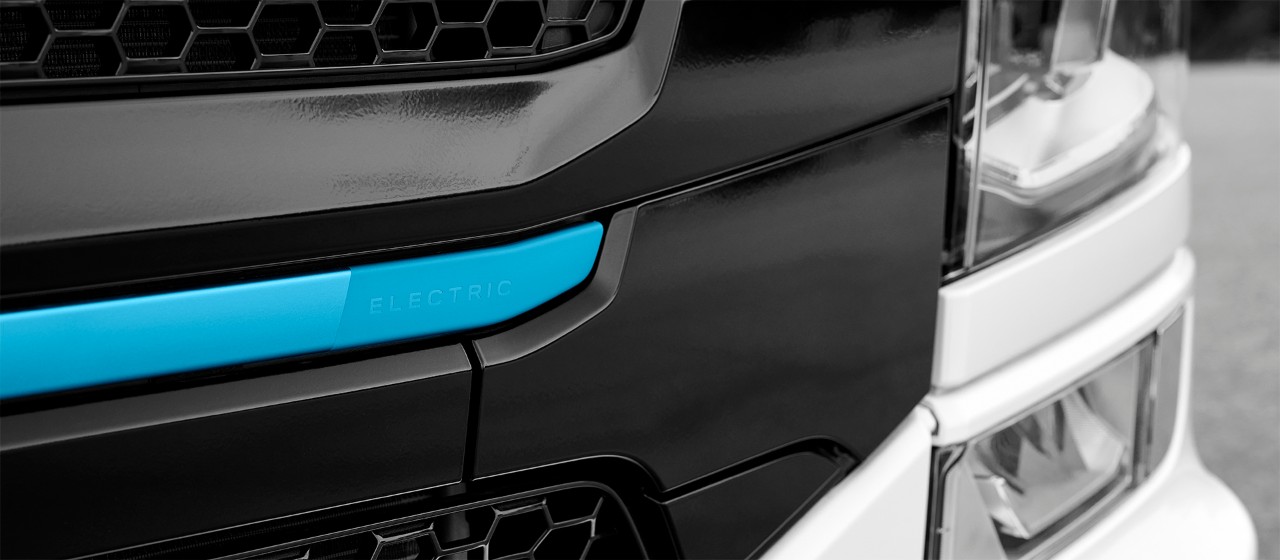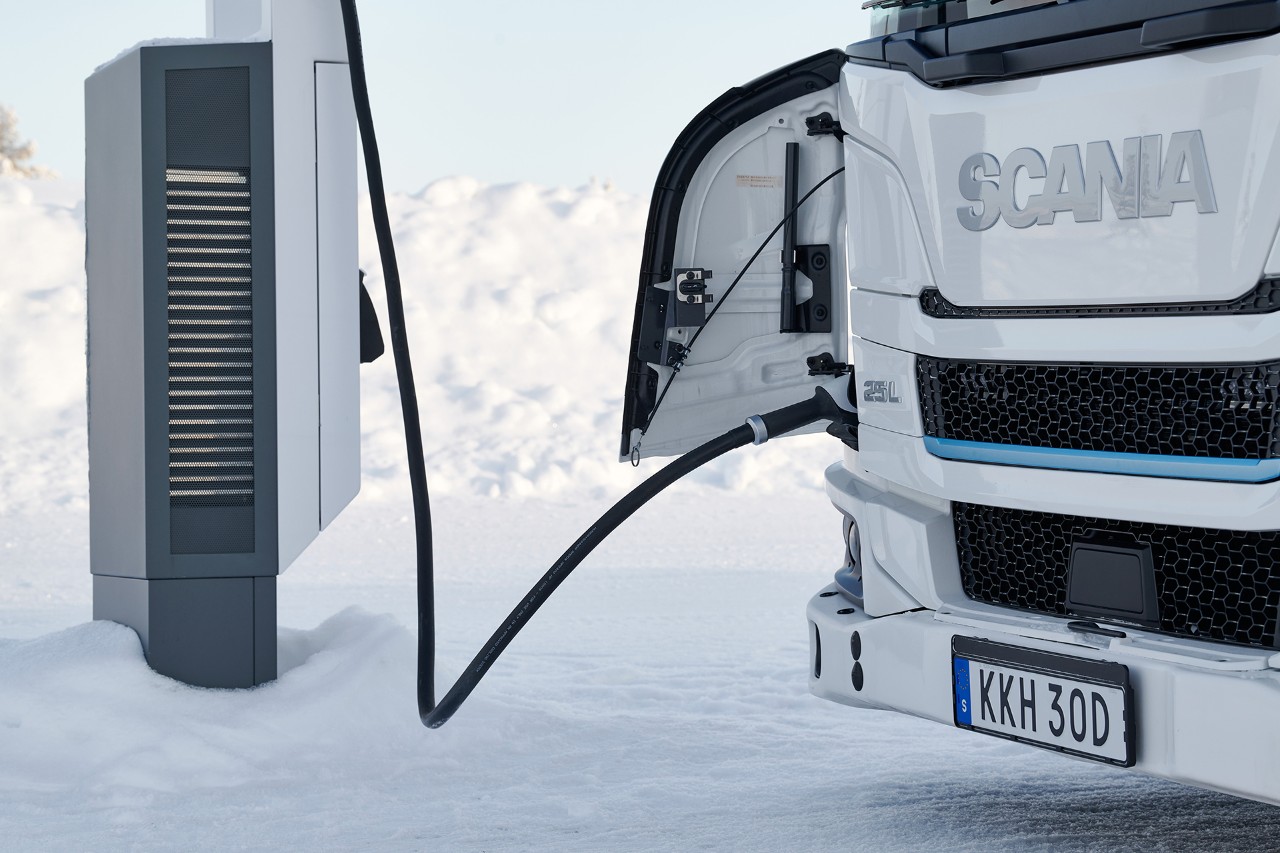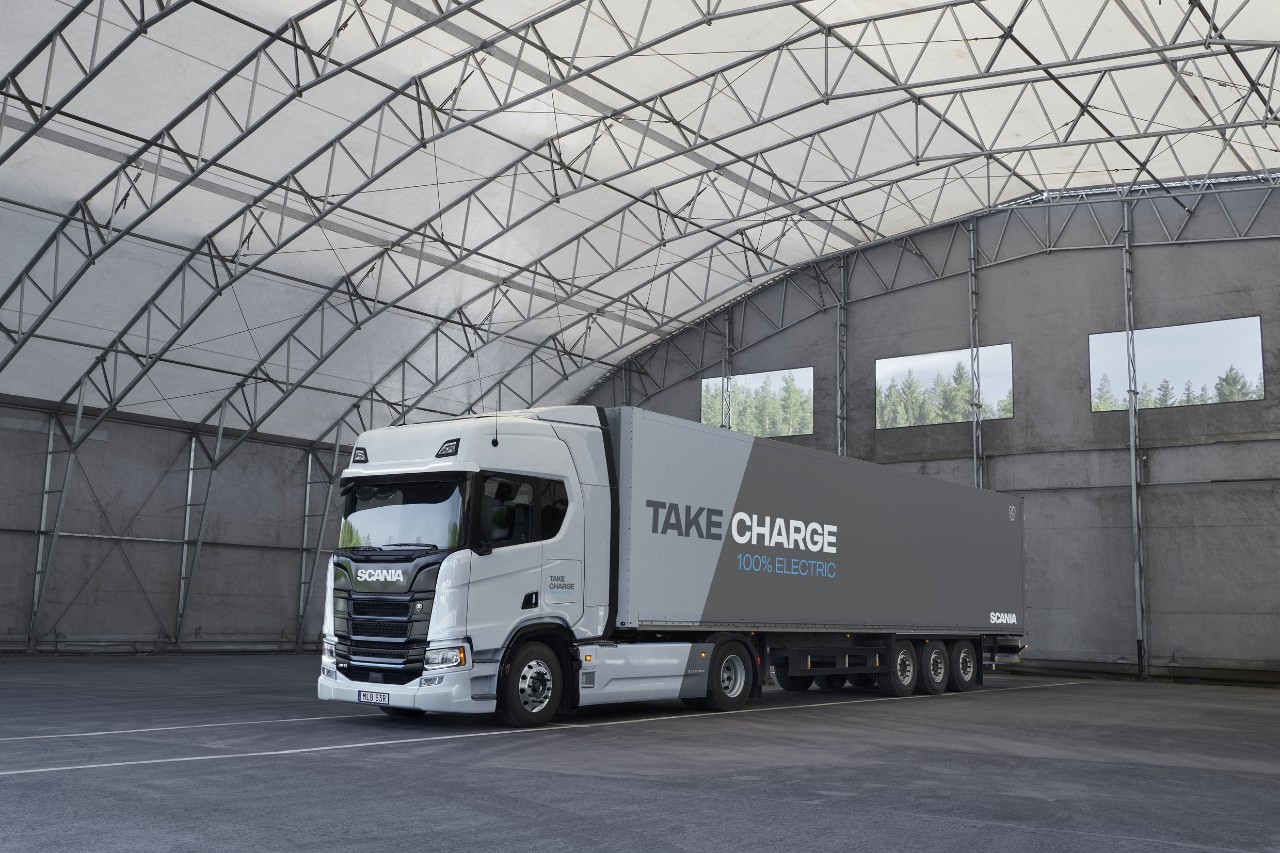
What types of trucks are available as electric?
Which heavy transport applications are possible to electrify? You’d be surprised by how many. Let’s take a closer look at what battery-electric vehicles (BEVs) can do.
Refuse collection vehicles, distribution vehicles and hook-lifts – those were the pioneers of battery-electric trucks that first rolled into urban landscapes around 2021. Since then the scope of electrified applications has rapidly expanded, and it shows no sign of slowing down.
Since Scania unveiled its latest electric vehicle range, we have now been able to offer vehicles tailored for nearly every application. The introduction of more powerful battery packs, flexible battery combinations and a versatile four-gear electric motor are just a few of the innovations driving this progress.
All the building blocks for the optimal BEV
Yet, perhaps more significant than the technology itself is its modularity. These components are the building blocks in Scania’s vast toolbox, giving customers an unmatched ability to create the optimal battery-electric truck customised to maximise payload, range and vehicle efficiency.
So, what’s in store for battery-electric truck applications? Let's break it down into three categories: the obvious ones, the not-so-obvious ones, and the soon-to-be-ready ones.
The obvious ones
Short distances, available charging infrastructure, and public demand for cleaner, quieter transport are key reasons why applications like urban and regional distribution trucks and refuse collectors led the first wave of electrification, according to Diana Guirguis, Director for Product Management at Scania e-Mobility.
“Many municipalities worldwide are demanding electric trucks in tenders for waste management and are increasingly restricting inner-city transport to greener solutions such as BEVs. These are important drivers,” she says.
“Many cities are also aiming for carbon neutrality; Copenhagen, for instance, aims to be the first carbon-neutral city by 2025.”
The not-so-obvious ones
What about using a Scania battery-electric truck with a 320-kilometre range with a gross train weight of 64 tonnes for regular long-haul traffic? Or for equally heavy timber transport? And how about a BEV powering a temperature-controlled box body for regional distribution?
Until recently, these were not obvious candidates for electrification.
But with Scania’s latest product line-up, they now are. A Scania 29-tonne GTW BEV now has a range of 520 km, a 42-tonne truck has 470 km, and a 64-tonne BEV can reach 320 km.
“This means that with careful route planning and access to depot charging, there are many applications now ready for electrification that you wouldn’t have initially considered,” says Guirguis.
“These include heavy-duty operations such as 64-tonne grain transport, up to 42-tonne flatbed trucks with cranes, and up to 42-tonne concrete mixers, even with their demanding power take-off (PTO) requirements.”
The soon-to-be ready ones
With Scania’s expanded modular toolbox, even more applications are in the pipeline. One example that might surprise many is a Scania electric fire engine – the first of its kind – which is soon to debut in Australia.
“The operational environment of fire trucks is well-suited for BEV technology. Most of their time is spent at the station, allowing for extended charging periods,” Guirguis explains.
“Fire trucks also travel short distances to incidents, and an electric motor easily provides enough power for auxiliary functions like pumps.”
Another soon-to-be-ready example is heavy-duty long haulage, considered by many the big game changer for the electrification of the transport industry. Here, the advent of up to 728 kWh installed battery capacity, faster charging and more charging points are creating compelling reasons for electrification.
“In parallel with Scania’s expansion of charging facilities within our service network, truck-friendly charging infrastructure is being developed, both semi-public and public. When the ultra-fast Megawatt Charging System (MCS) is introduced, the charging experience will be further improved," says Guirguis.
Another factor that will help make electrified long-haul BEVs a reality is the ongoing development of battery technology.
“Scania’s latest advancement allows our customers to choose from two different State of Charge (SoC) windows – 75 percent or 83 percent – which determine how much of the battery’s capacity is used. This means our customers can also tailor BEVs for long haulage according to their needs,” says Guirguis.
Electric applications – timeline in brief*
- 2020–21: Urban deliveries such as distribution trucks, refuse collectors, hook-lifts and tippers operating in urban environments.
- 2022–23: Regional deliveries, repetitive, routine journeys up to 350 km and 64-tonne GTW such as regional haulage and temperature-controlled transport.
- 2024–25: Most on-road and longer-range applications such as regional long haulage, 64-tonne swap body transport and 29-tonne tipper, but also applications like a 72-tonne timber transport.
- 2025 onwards: More and more specialised applications such as fire engines, vehicle transport, mobile crane, heavy tippers for off-road, heavy haulage and long-distance transport (thanks to the new ultra-fast charging standard MCS).
*) Timeline of applications possible to specify directly “from factory” at Scania.
Read more

Charging
We help you find the right charging solution for your specific need.
